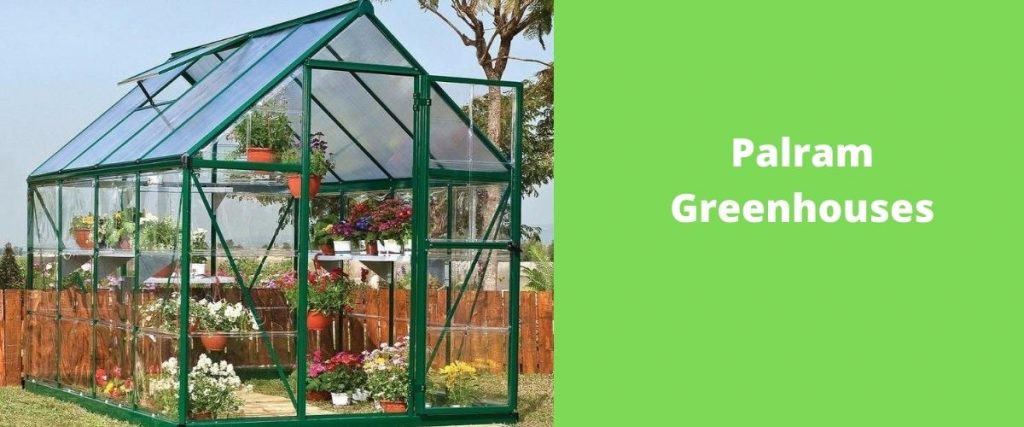Yes, Greenhouse glass can be recycled easily and an ideal product for recycling due to environmental benefits. Its popularity is increasing over time due to its eco-friendly lifestyle. The increasing environmental pollution due to urbanization is a threat to the global eco-system.
The recycling of waste products should be implemented to reduce harmful effects on health and the environment and consider its economic benefits. For everyday use, glass is the easiest to recycle as all glass bottles can quickly rinse and drop into recycling plants.


Glass recycling is a significant part of prepared projects with this purpose. Recycling of glass can be categorized into two types
Float Glass: used for windows and mirrors
Container Glass: used for bottles and jars
Bothe glass types are made with soda-lime-silica glass; however, they differ in production and chemical composition. So, they both are recycled separately. For recycling of float glass needs high visual quality and should not be contaminated during recycling.
Facts about greenhouse glass:
- Glass is considered a healthier item for recycling than plastic containers.
- Glass is manufactured from natural materials, unlike plastic jars, which contain harmful chemicals or ingredients.
- 80% of reused glass containers can convert into a new ones, while 20% is used to make material like aggregates.
- Glass is incredibly environmentally friendly, and carbon dioxide emissions are less by one ton for every six tons of recycled glass.
- Another benefit of recycled glass is to enhance the life of plant equipment and drop energy costs by 2-3% for every 10% of glass utilization.
What glass items can be recycled?
- Jars: Jam, honey, sauce, and baby food jars can recycle easily.
- Bottles: beverage bottles of any color, such as beer, soft drinks, and wine.
- Other containers: Glass containers of face creams and perfumes.
As long as these glass containers are well cleaned, they are easy to recycle. After collecting this glass material, it is taken to the manufacturing plant for cleaning, crushing, and melting. Then it is molded into new products.
What can glass items not be recycled?
Some glass products cannot be recycled at the same temperature as containers, jars, and bottles. Such glass material is then recycled separately and utilize in building materials such as concrete and eco-cement. Besides, such glass material is mixed with other types of glass material to produce defective containers. Here is some glass material which cannot be recycled due to different melting point.
- Crystal
- Light bulbs
- Drinking glass
- Nail varnish bottles
- Pyrex or other heat-resistant glass used for cookware
Uses of Recycled Glass
- Some of the important uses for recycled glass include:
- Landscaping material such as ornamental paths
- Beer bottles and wine
- Sand type material for shot blasting
- Aggregate material to increase the life of roads
Benefits of greenhouse glass recycling:
- Glass Recycling Is beneficial for the environment
- A glass bottle or container takes a million years to break down if sent to a landfill. While recycled, a glass bottle takes us 30 days to convert into a new glass container.
- Glass Recycling is Sustainable. Glass bottles and containers are 100% recyclable and recycled repeatedly without losing quality or purity.
- Glass Recycling Conserves Natural Resources. Every ton of recycled glass saves raw material that is needed to create new glass, such as 410 pounds of soda ash, 1,300 pounds of sand, and 380 pounds of limestone. Besides, it also reduces greenhouse gases, which emit in the production of new glass.
- Recycled Glass is Useful: Recycled glass has a wide range of commercial uses such as landscaping material, decorative tiles, and rebuilding eroded beaches because glass is made of stable material such as limestone and sand with no chemical interaction with glass can be recycled safely.
- Glass Recycling Saves Energy: Glass recycling saves energy as making new glass requires a temperature of 2600 degrees Fahrenheit, which is also the cause of industrial pollution. On the other hand, heating sand in new glass manufacturing also produces greenhouse gases. The most significant step in glass recycling is to crush the glass and produce a product called Cullet. Cullet consumes 40% less energy than making new glass from raw material because it has a low melting point.
Related Posts
Best Greenhouse Heaters Review, which one do you need?


